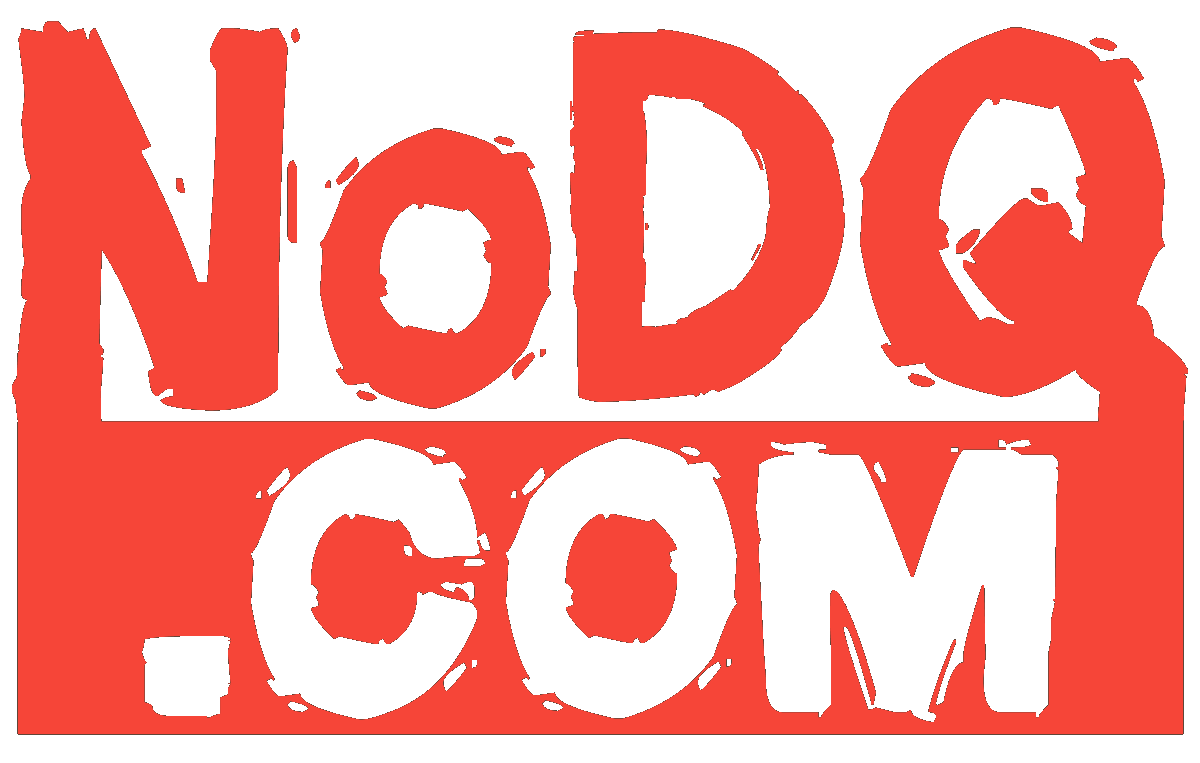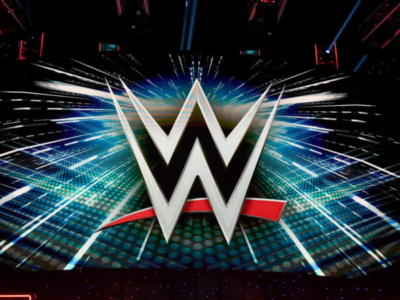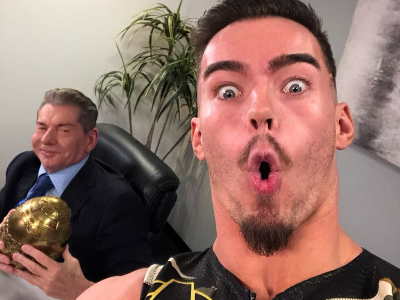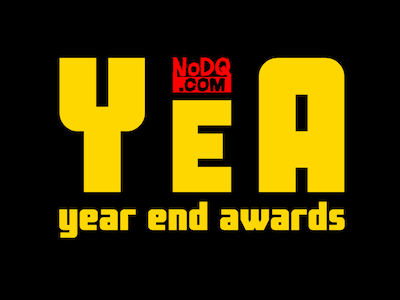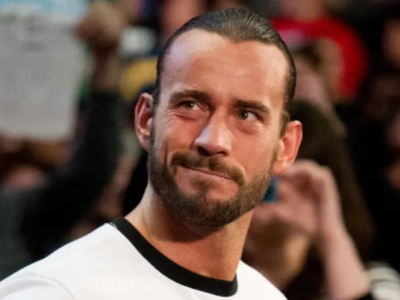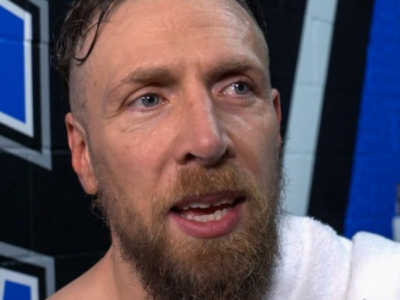TKW: The One Thing Critics Are MISSING When it Comes to AEW

Meh. Felt cute. Might write a column…
I’m going to start out this one with an odd statistic:
Roman Reigns’ time as an unwanted babyface roughly lasted longer than AEW’s entire existence so far.
Let that sink in for a second. Because it’s the crux of this entire piece. For you see, at the end of the day, success and failure in pro wrestling comes down to one thing; Stars. The ability to create stars is crucial to longevity in this industry, and for many, this is an absolute no brainer. As pointed out in a recent Mr. Tito article, AEW just doesn’t have “household name” mainstream stars, right? Or even stars fans are excited for to return, apparently.
(This is a lie, as the AEW base have been excited for most wrestler returns, but I’ll run with this point for the sake of this article)
But have we really talked about how much time it takes to create a star?
As mentioned, Roman Reigns had quite a lengthy run as the babyface nobody wanted to cheer for until he turned heel in 2020. As of now, he’s as bigger than ever, and a night and day difference from the babyface he was in 2014-2020 as the “Tribal Chief”.
Many offer up insight that AEW doesn’t have any mainstream stars; at least not in the sense of a name a “casual” fan would know. The Rock, Roman Reigns, John Cena, maybe even arguably Cody Rhodes at this point (you’re welcome, AEW) — are all household WWE names. And while AEW has some pretty big stars known to the wrestling world (MJF, Swerve Strickland, Adam Page, Toni Storm, Britt Baker), I’d be surprised if the casual wrestling viewer who just watches WWE, and barely knows what AEW is, would know who they are. Unfortunately, an occasional interview with ESPN or Sports Illustrated doesn’t do this overnight.
So question time: Is it that AEW can’t create stars, or is this all in the timing?
–
How Long Does it Take to Create a Star?

In 2002, John Cena was likely weeks away from receiving a pink slip as a version of ‘The Prototype’ before Stephanie McMahon overheard him rapping on a bus. The rest is history. However, after the switch to the Thuganomics gimmick, it would take Cena another three years to capture gold, and another five after that to be the “LOL Cena Wins” super babyface that dominated the WWE through the 2010s.
And this was in the #1 promotion in the world.
Triple H joined WWF in 1994 and while achieving success in D-X, didn’t truly become “The Game” until around 2000-01. “Stone Cold” Steve Austin rose through the ranks very quickly after joining WWF in 1995, but let’s not forget that he was wrestling for six years before that in WCCW, WCW, and ECW. The Rock was elevated pretty quickly, but if the fans never started to hate “Rocky Maivia”, who knows if he ever reaches the heights that he does as fast.
My point is that creating stars takes time. AEW has jus surpassed the five year mark of existence and it’s as if people expect them to have the same level of starpower as WWE, and this is simply unrealistic. Creating stars is a marathon, not a sprint. But more on this later.
First, let’s address past competition.
–
What About WCW?

Many liken AEW to WCW in the sense that they should serve as equal competition to WWE. After-all, Bischoff did it, right? Why can’t Tony Khan?
Well, Bischoff had a pretty solid base to begin with. WCW had long been an established promotion, and when Hulk Hogan arrived from WWF in 1994, WCW already had Sting, Ric Flair, DDP, Vader, Harley Race, Larry Zbysko, and everyone’s favorite; Das Wunderkid, Alex Wright (or maybe that’s just my favorite).
Add Kevin Nash, Scott Hall, and Randy Savage to the mix? That’s a hell of a head start. With the exception of Goldberg and Paul Wight, WCW really didn’t “build” stars at any capacity, but capitalized on the prior success their current stars already had. They didn’t really repackage Hall and Nash, but genuinely played on the fact that they were “WWF employees” at the time in an invasion angle that became the nWo.
Hogan, Savage, Beefcake — they were basically their WWF personas when they first joined WCW.
And this is great business sense! I’m not knocking this at all — but it’s not exactly CREATING new stars, is it? Which feeds into the larger point that creating stars from the ground up is not only difficult, but takes time.
AEW might have had Jericho, Cody, and Moxley to kick their existence off, but even I know they pale in comparison to names like Sting, Flair, and Savage in their near prime.
“But Tony has dropped the ball on some of his potential stars! What about Wardlow or Ricky Starks?”
Like this has never happened before?
–
Lots of Dropped Balls
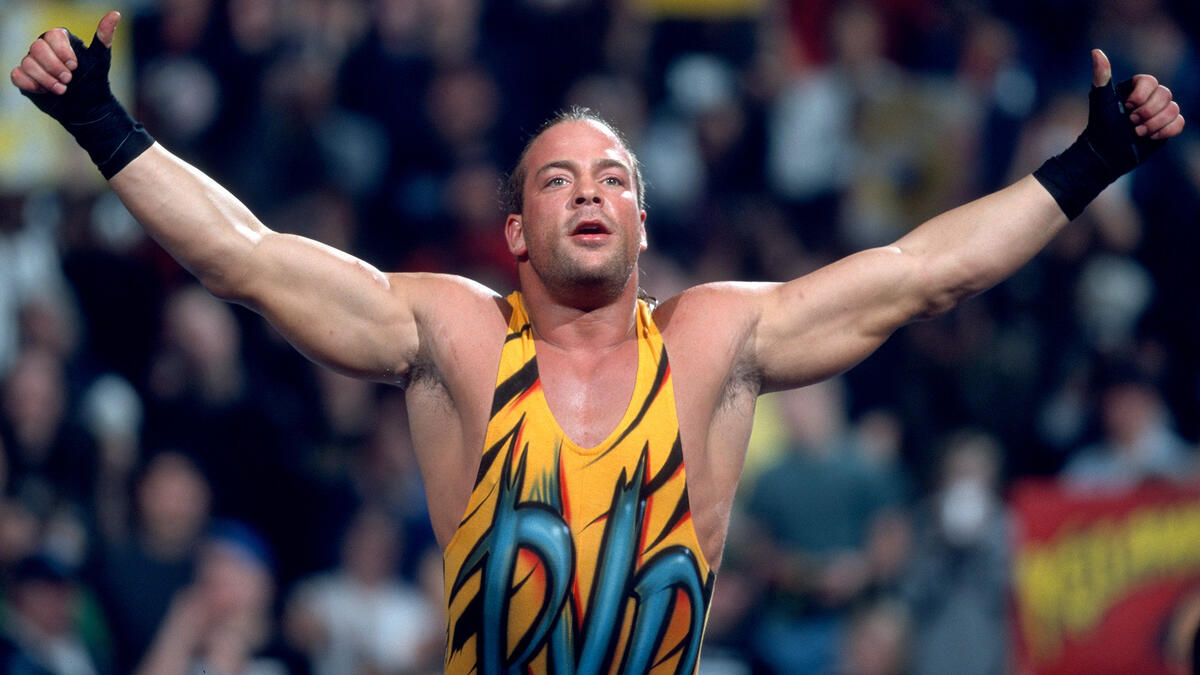
We can go all the way back to the 80s for this one to start. Do you know should have had deserving runs as WWF champions? Curt Hennig, Roddy Piper, Ricky Steamboat, Rick Rude, Ted DiBiase, and Jake “the snake” Roberts (to name a few). Absolute legends in this business that never achieved that deserving world title run, or even really a major program, due to the superhero booking of Hulk Hogan.
Fast forward to the 90s/2000s and you have Owen Hart, Dolph Ziggler, Taz, Rob Van Dam, Terry Taylor, Raven, Sean O’Haire, Rusev/Miro, and as we’ve seen with his current AEW successes, Swerve Strickland and Toni Storm. All names that either could have been huge stars, or at the least, should have achieved much more than they had in their time in WWE. And I’m certain there are plenty more on this list you could come up with.
And this is just WWE. WCW dropped the ball on Jericho, Eddy, Benoit, Wright, and I could even argue Bret Hart to an extent.
And I get it. Not everyone can be world champion. You need main characters, and not everyone can play that role. But it continues to speak to the larger point here — that not only is there simply not a main event/main character role for everyone, but that it takes a lot of time to create legitimate stars.
–
Star Creation Takes Time and Familiarity
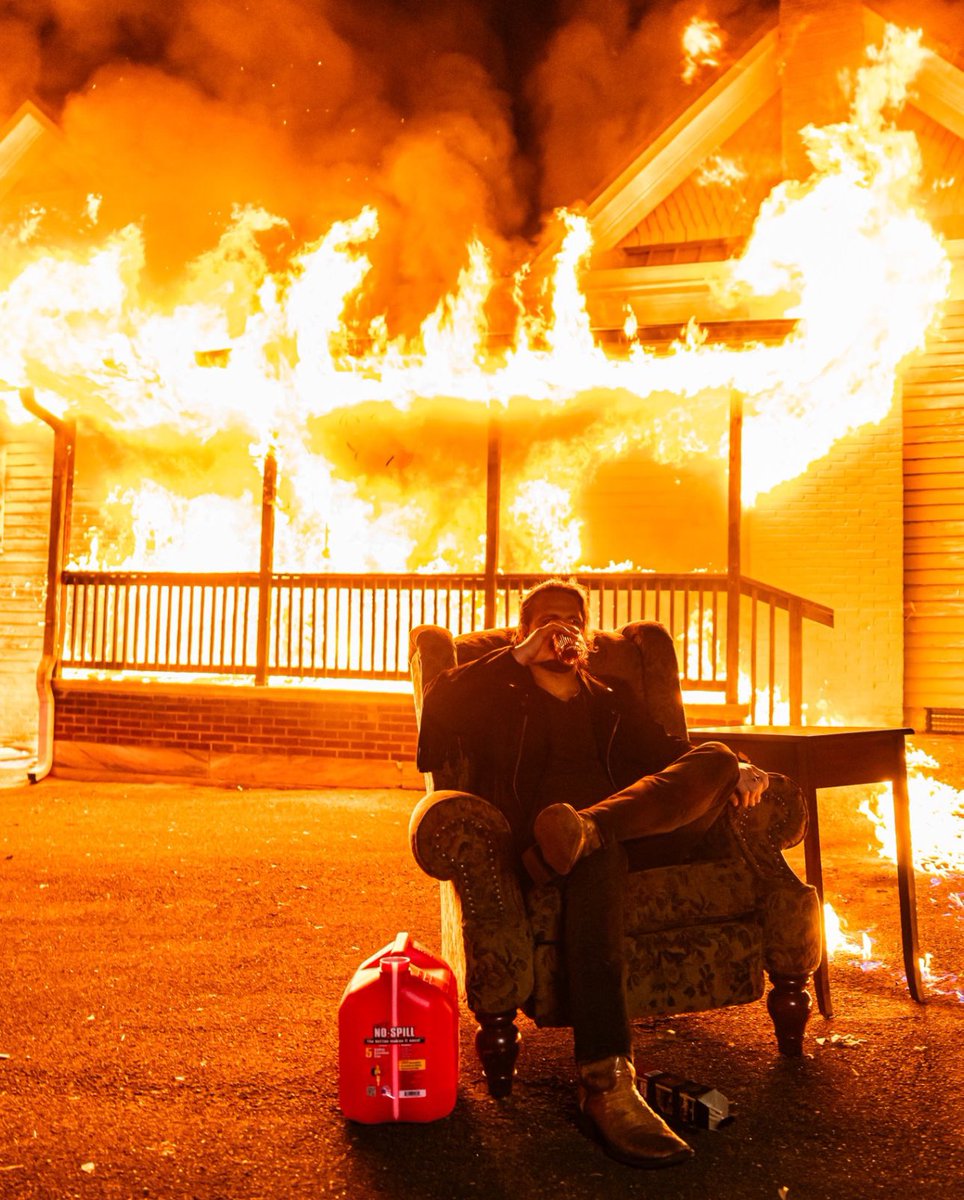
The casual TV viewer isn’t likely going to go out of their way watch a handful of Jay White matches from New Japan to find out how good he is. It’s TK’s job to show the world how good White is inside of a wrestling ring, and I’m happy he gets that opportunity against a psychotic “Hangman” Adam Page on Saturday.
But this process takes time.
AEW easily has stars known to the wrestling world, as mentioned. Will Ospreay, Darby Allin, MJF, Toni Storm, Adam Page, Swerve Strickland, Willow Nightingale, Britt Baker — just to name a few. But to assume that these will be household names just after a few years in the #2 promotion is beyond naive for anyone to believe.
You had past stars from two promotions in WWF/E and WCW, who were (and in WWE’s case still are) around for over six decades in some form. Six decades of familiarity and history. This especially goes for the genericized WWE, which if you don’t know what that means, is like how people think Kleenex is facial tissue, when Kleenex is just a brand of facial tissue. Folks often associate any and all pro wrestling as just ‘WWE’.
AEW is up against all of that. They are carving their own path and creating their history as we speak, but as mentioned many times already; it takes time.
–
AEW’s Starpower

When Jamie Hayter returned at All In, she returned to a gigantic pop. And I have no doubt that Jamie Hayter will become an even bigger star than the former women’s world champion already is.
But again, this takes time and familiarity. If the casual wrestling viewer barely knows who half the WWE roster is beyond Cody Rhodes, Roman Reigns and The Rock, how hard do you think it will be for them to get to know AEW?
What’s the answer? Just “git gud”? Sure, “I’m right on top of that, Rose.” (to quote a wonderful 90s classic). AEW is already a subjectively good product. Not perfect, but much better than the 2023 product and still putting out solid shows and PPVs. To the loyal fanbase, “the sickos”, the product is really damn good right now.
AEW has plenty of homegrown talent, or stars from New Japan/TJPW/DDT/Stardom. The WrestleDream card alone features 12 AEW homegrown stars, and this doesn’t include the likes of MJF, Daniel Garcia, Jamie Hayter, and a host of others.
But building stars doesn’t happen overnight; especially not for the alternative brand, and not even within a few years. As we saw with Roman Reigns, it took nearly nine years in WWE before becoming the huge star that he is now. But that is nine years the WWE fans got to know him, hate him, get used to him, and then eventually appreciate him — kind of like John Cena.
–
Couldn’t They Market Their Shows Better?
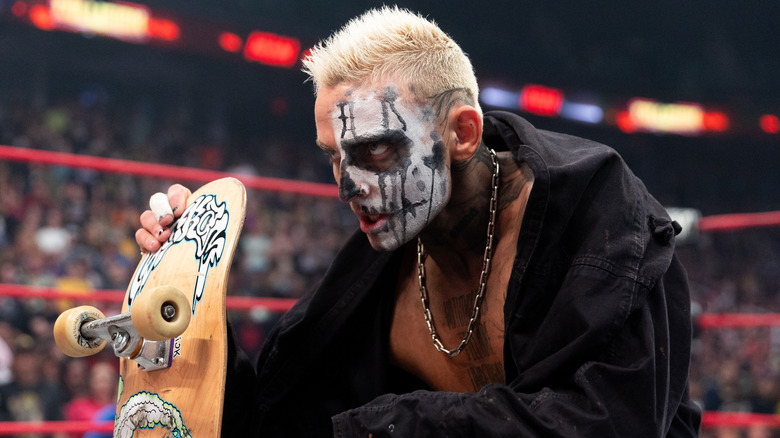
WWE has something called “exclusivity” in their contracts with venues. As reported by Brandon Thurston of Wrestlenomics, documents revealed the heavy restrictions on any wrestling promotion that uses a venue that also hosts a WWE event:
Licensor/Lessor shall not lease the facility for use by or in connection with any professional wrestling performance, competition, exhibition or event (collectively a “Wrestling Event”) which would occur during the period which (1) begins ninety (90) days prior to the starting date of Licensee’s/Lessee’s Wrestling Event at the facility and (Il) ends sixty (60) days after the ending date of Licensee’s/Lessee’s Wrestling Event at the facility (the “Exclusivity Period”).
This severely limits Tony Khan’s ability to market upcoming AEW shows in many markets across the country. But it’s just “business”, right?
Sure. Business can also not be fair, but as consumers, we have a choice to not support businesses with unfair practices. Just a thought…
–
Honest Solution?
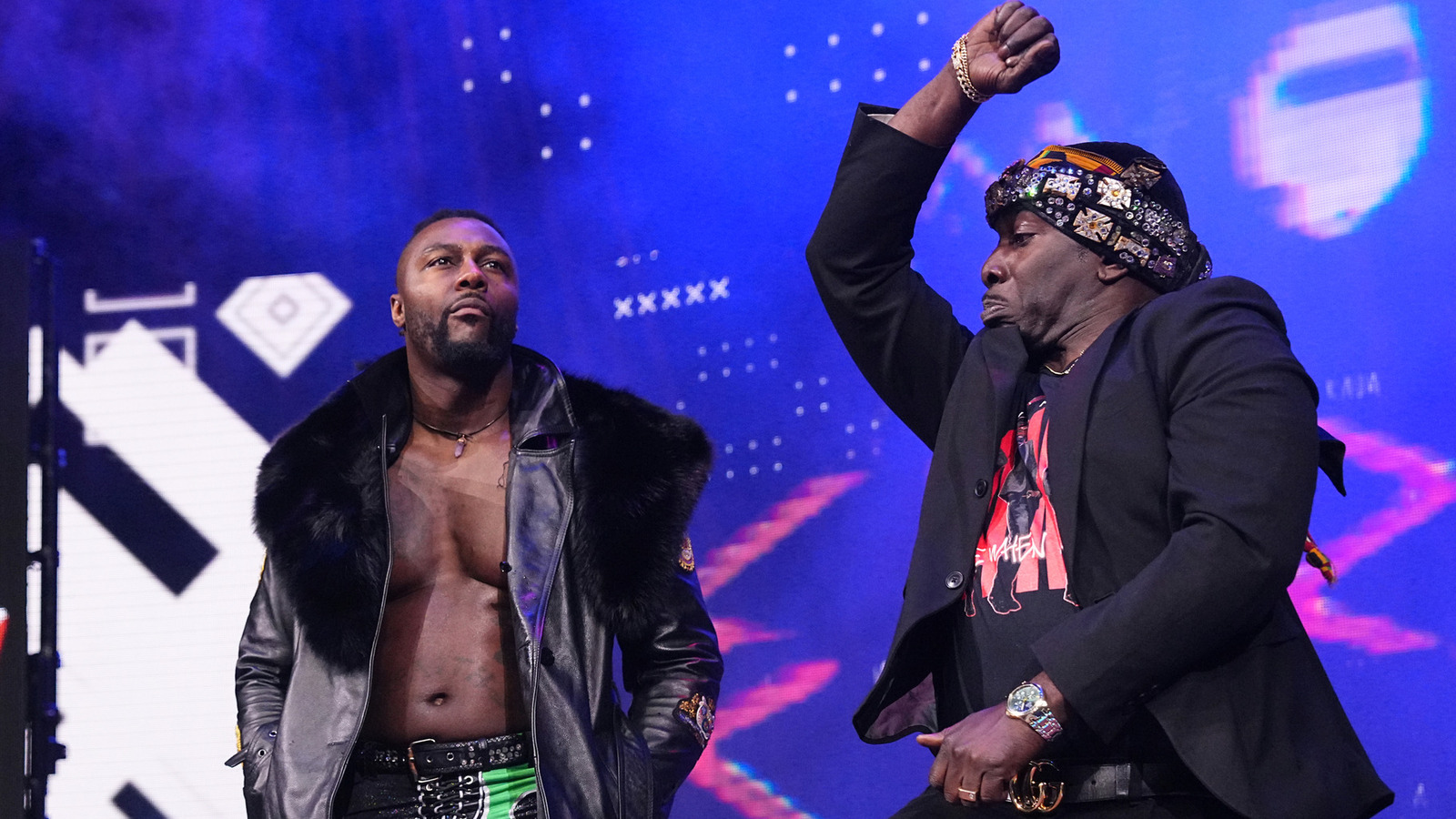
The real solution? Just let AEW cook for a while. Let people become familiar with them. If you honestly care enough, support them without expecting the show to be something it’s not.
WWE has been around for over six decades. WCW was around since (at minimum) 1982 as GCW under the NWA umbrella. The AWA was around for over 30 years before closing its doors.
TNA (who will somehow exist, even after the nuclear holocaust) has been around for over 20 years, but I remember some of the same sentiment we see towards AEW hurled at TNA around 2005-06, as if they were supposed to have it all figured out right way.
AEW is only five years old. A new major network TV deal with an increase, as well as breaking a few records along the way, is a pretty damn good start to this company.
Bryan Danielson was right; wrestling fans are fickle. The instinctual competitive nature of human beings, especially as consumers, make the wresting business extremely hard to break into and be successful in if you aren’t WWE. But at the end of the day, there is a choice to understand AEW for what it is, and what it can be.
But it takes time to become familiar with these talents. Creating household names takes time, and it takes patience — something I’m not sure many internet wrestling fans have anymore.
-TKW
tokusenwrestling@yahoo.com
